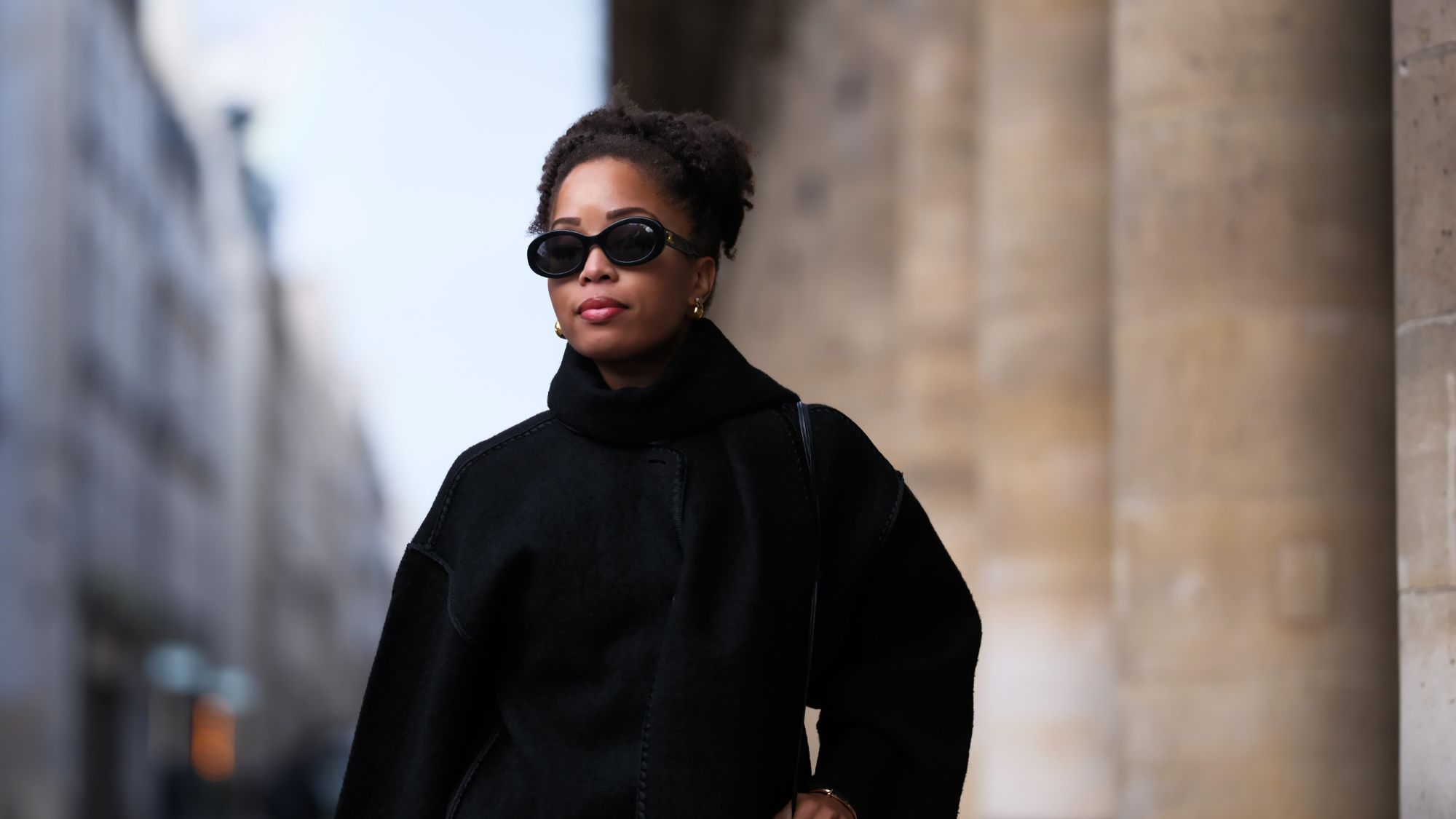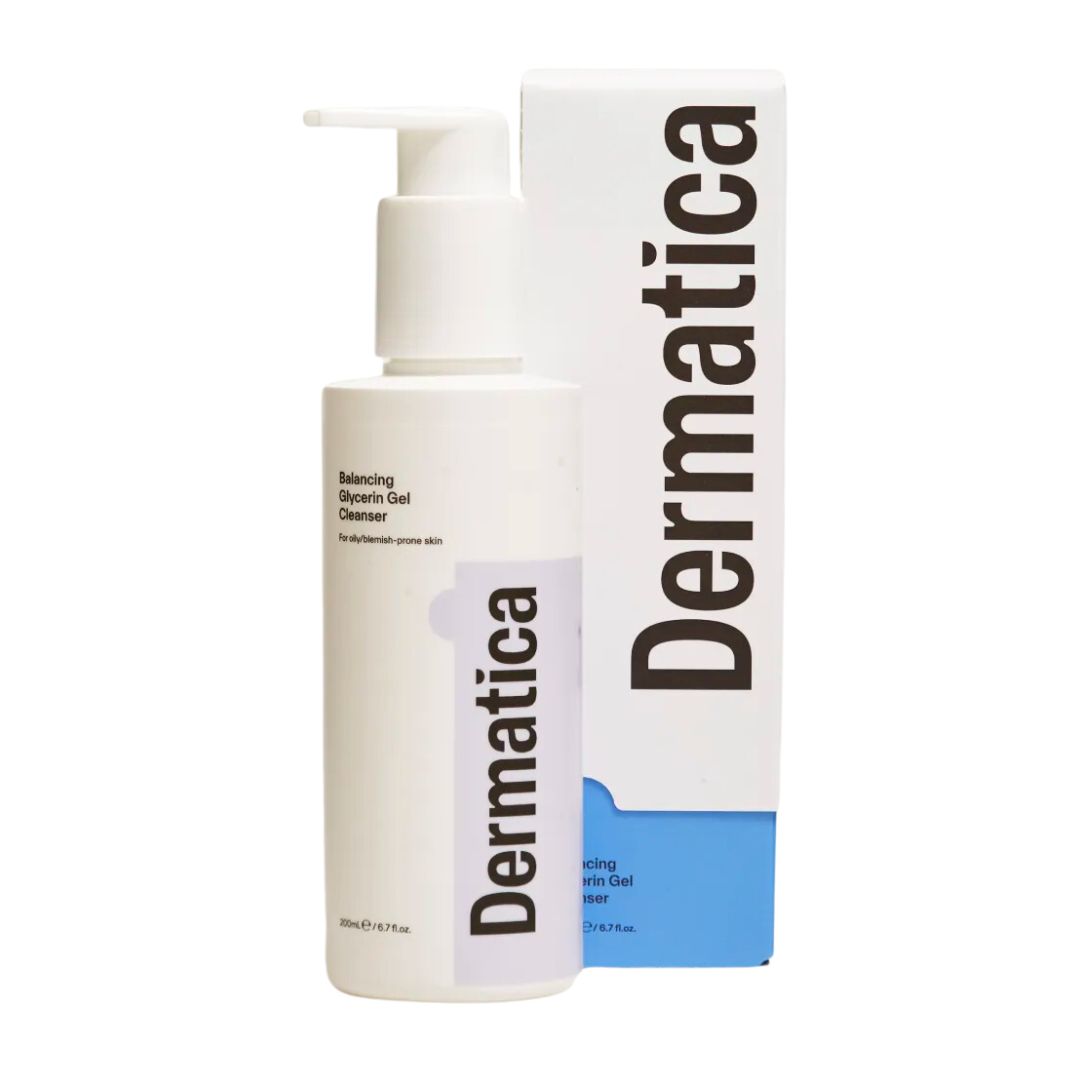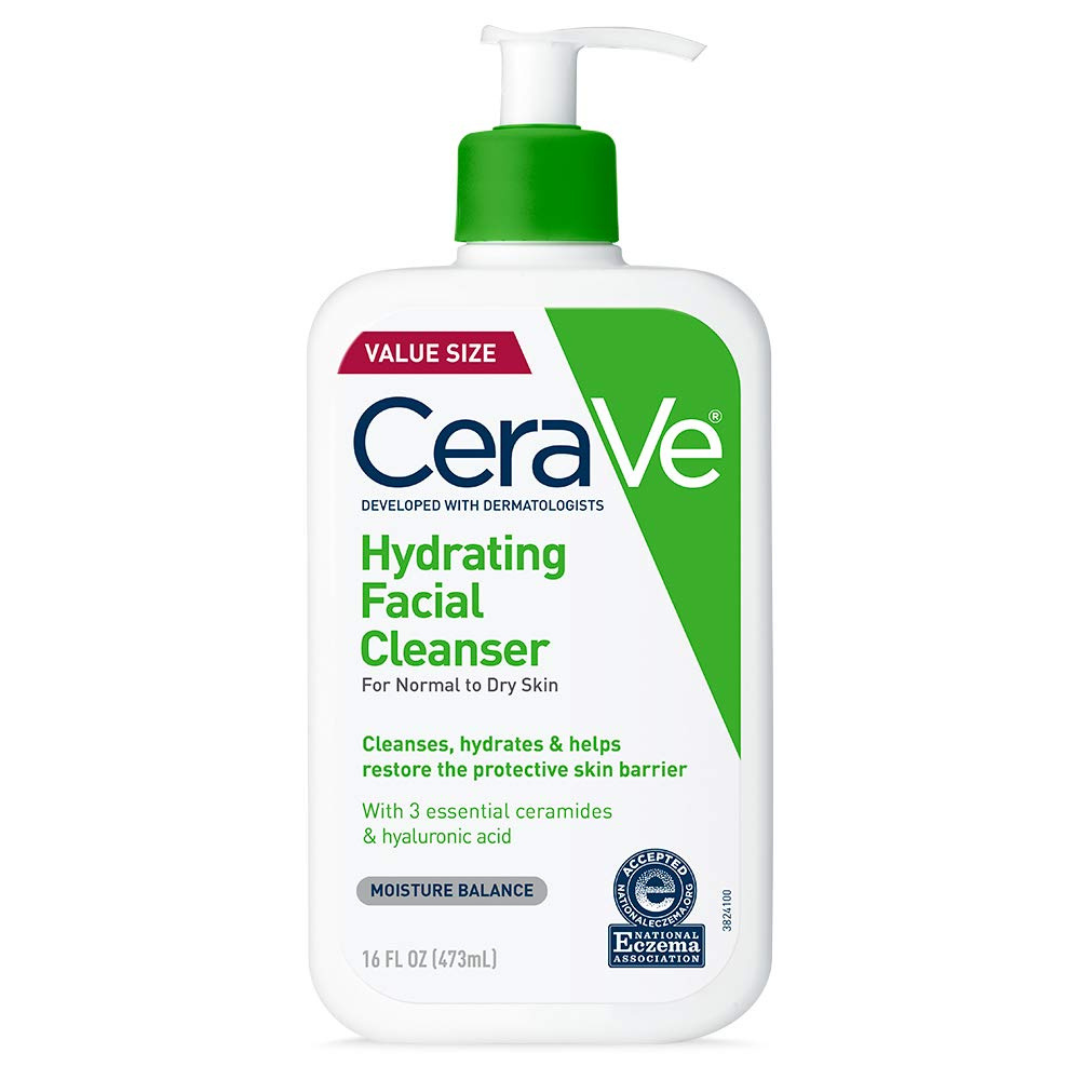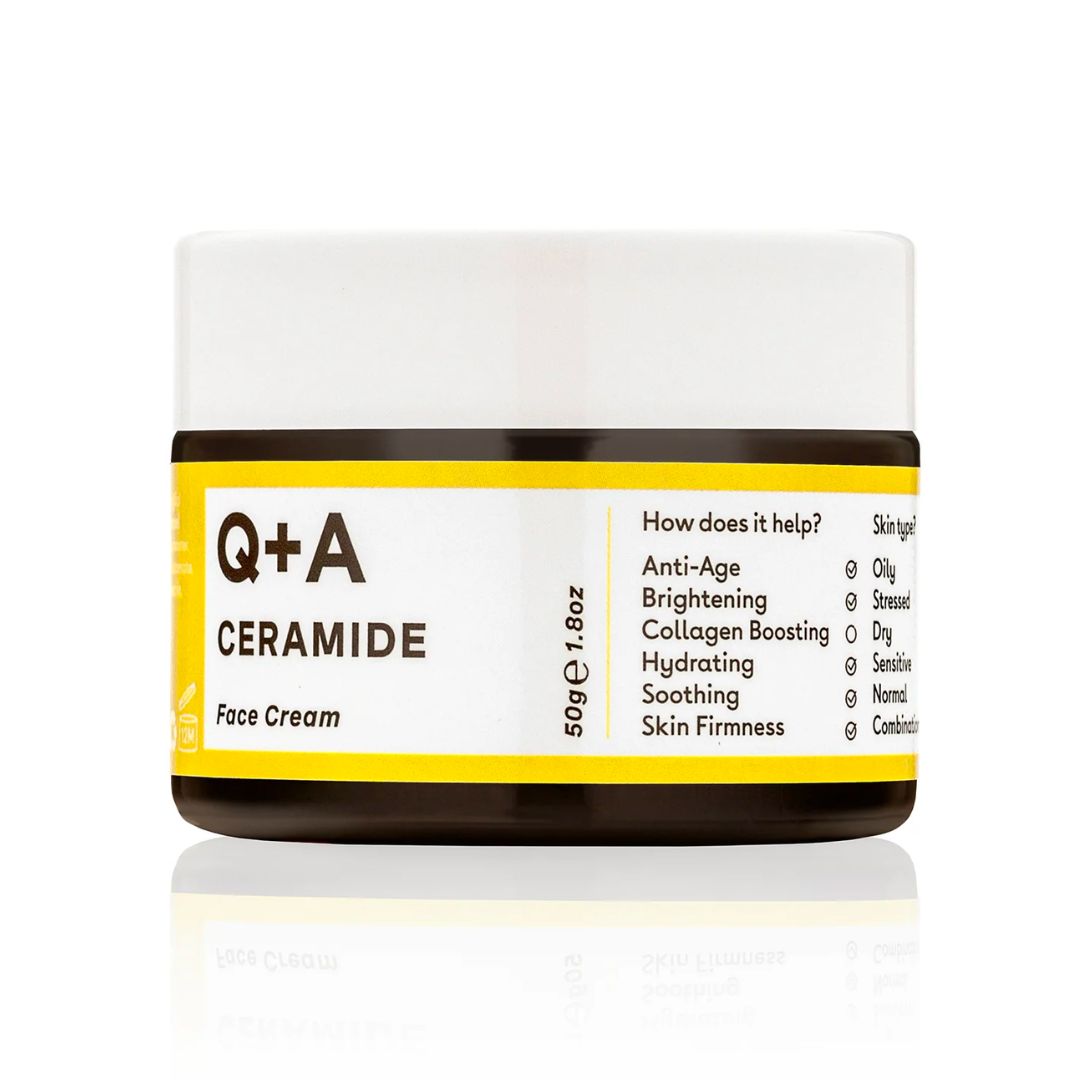This common—but efficacious—ingredient should be in any winter skincare routine
Chances are, you'll have used this ingredient many times

When it comes to hydrating skin ingredients, there are a few that really standout as star players. One of those ingredients is glycerin. There's a high chance if you've used any hydrating moisturisers or cleansers recently that glycerin is on the ingredients list.
It's one of the most commonly recommended ingredients to help with dry skin and is exactly what winter-skin can benefit from.
But what is glycerin? And why is it so great? We asked two skin experts to find out, then rounded up some of the best products containing glycerin.
What is glycerin?
Let's start off with the basics of exactly what glycerin is. "Glycerin is a naturally-occurring compound in the body," says Dr Sonia Khorana, a GP with special interest in dermatology. When used in skincare, it's an ingredient derived from plants. "It works as a humectant, which means that it attracts moisture from the air into the skin, from the top layer known as the stratum corneum down into the deeper layers of the skin known as the dermis," explains Dr Ash Soni, plastic surgeon and founder of The Soni Clinic.
You might have also seen glycerol on your ingredient list. Anything formulated with 95% glycerol or more is listed as glycerin. This essentially makes them the same with the main difference being that glycerol is more concentrated than glycerin. You can find glycerin in moisturisers, serums, cleansers, masks, body wash, SPF, lip balms and many more products.
Why is glycerin so great for the skin?
There are many reasons glycerin is commonly used in skincare—it boasts many benefits. "It’s main job is to hydrate and support the skin barrier’s function as it prevents water loss in the skin," Dr Soni says. "It protects against stressors that cause irritation due to its barrier function, and improves and strengthens the moisture part of our barrier." Improved barrier function equals less irritation, redness and flaking.
Preventing this loss of moisture from the skin "makes it appear softer, plumper and more dewy," explains Dr Khorana. "Glycerin also has a low molecular weight, which means it can penetrate better into the skin and is more easily absorbed than hyaluronic acid," she adds.
Celebrity news, beauty, fashion advice, and fascinating features, delivered straight to your inbox!
If that wasn't enough, glycerin is safe for all skin types and is non-comedogenic (meaning it doesn't clog pores). "There are no known interactions, so it pairs well with lots of other ingredients," and it means you can use it multiple times in your routine a day.
Can glycerin be used for all skin types?
As mentioned before, yes, glycerin can be used for all skin types. In fact, it's great for everyone. Dry skin can benefit from its deeply hydrating properties, as can oily- and acne-prone skin (which still needs moisture FYI) thanks to being non-comedogenic. "It is known to also help in certain skin conditions such as acne, rosacea, and eczema," Dr Soni says.
His top tip is to "apply to damp skin both at morning and at night, which will help retain the moisture."
How does glycerin differ from other hydrating ingredients?
Despite being a "superstar hydrating ingredient", Dr Khoranaa says it's not given the same amount of attention as other hydrating ingredients like hyaluronic acid. "It's not trendy or new, but has been used in cosmetic formulations for more than 50 years," she adds.
That could be perhaps because "glycerin shares some similar properties of hyaluronic acid, and each have their own advantage to improving skin health and hydration," says Dr Soni. Noting that glycerin protects the skin barrier more than hyaluronic acid does, and "will aim to restore the balance of the skin more optimally, thus having a slightly enhanced effect."
In addition to being hydrating, glycerin also has "antimicrobial properties, making it a natural preservative. It is cheap, accessible, and effective with virtually no potential for irritation or sensitivity."
Recommended glycerin products

Lives up to what it promises in being supercharged hydration with the inclusion of glycerin, hyaluronic acid and saccharide isomerate, which works to mimic the skin's natural moisturising factors.
However, the formula does contains alcohol denat, which can cause skin dryness if you're particularly prone to irritation from alcohol. Having said that, in such a small dose, you shouldn't notice a problem, and there is a reason it's been included as it helps with skin absorption so that the serum doesn't sit on the skin.
Pros
- Affordable
- Little goes a long way
Cons
- Might not be suitable for ultra sensitive skin

Glycerin is getting the limelight in this Dermatica cleanser. Proving that blemish- and oily-prone skin needs moisture, this cleanser is packed with hydrating, non-drying ingredients. The addition of glycerin has been used predominantly for its abilities as a humectant but also because it's non-comedogenic—ideal for skin prone to congestion. The gel texture means this cleanser works to breakdown make-up and dirt from the day without leaving the skin feeling stripped of natural oils. It's an all-round, fantastic option.
Pros
- Non-comedogenic
- Not stripping or drying
Cons
- Dry skin types might prefer a cream formula instead

A product that most beauty editor's (and skin experts) have on rotation in their skincare routine: CeraVe's Hydrating Cleanser. It's a classic for a reason and that's because it does what it says on the tin. Containing glycerin, hyaluronic acid and ceramides, it works to cleanse whilst never stripping or drying the skin's barrier. Now, this isn't a fantastic cleanser at removing make-up, it does an OK job but there are balms and oils that work better. It's a great second cleanse or morning cleanse, in my opinion. If you are using it for make-up or SPF removal, work it into the skin for 60 seconds and remove gently with a muslin cloth.
Pros
- Fantastic for most skin types
- Also contains ceramides
Cons
- Not great at removing stubborn make-up

Q+A is excellent for its no-nonsense, easy to decipher and efficacious products, and this Ceramide Face Cream is no different. Here the star ingredient is (you guessed it) ceramides, but you'll also find glycerin, squalane and vitamin E in the formula, working together to moisturise the skin. The hydrating yet lightweight formula means it can be used for all skin types, including blemish-prone. It's also fragrance- and alcohol-free meaning it's ideal for sensitive skin types too. A brilliant cream that can be used both AM and PM and doesn't break the bank.
Pros
- Contains other moisturising ingredients
- Affordable
Cons
- None, we love this
Tori is a freelance beauty journalist and contributor for Marie Claire. She has written for various titles, including Allure, Glamour, Elle, Refinery29, Brides, and more. Currently training to be a nail tech, Tori is a total nail enthusiast and always has time to talk all things nail art. When she’s not writing about beauty and testing products, Tori can be found walking her rescue dog Pip, drinking great coffee, and eating as many croissants as humanly possible.